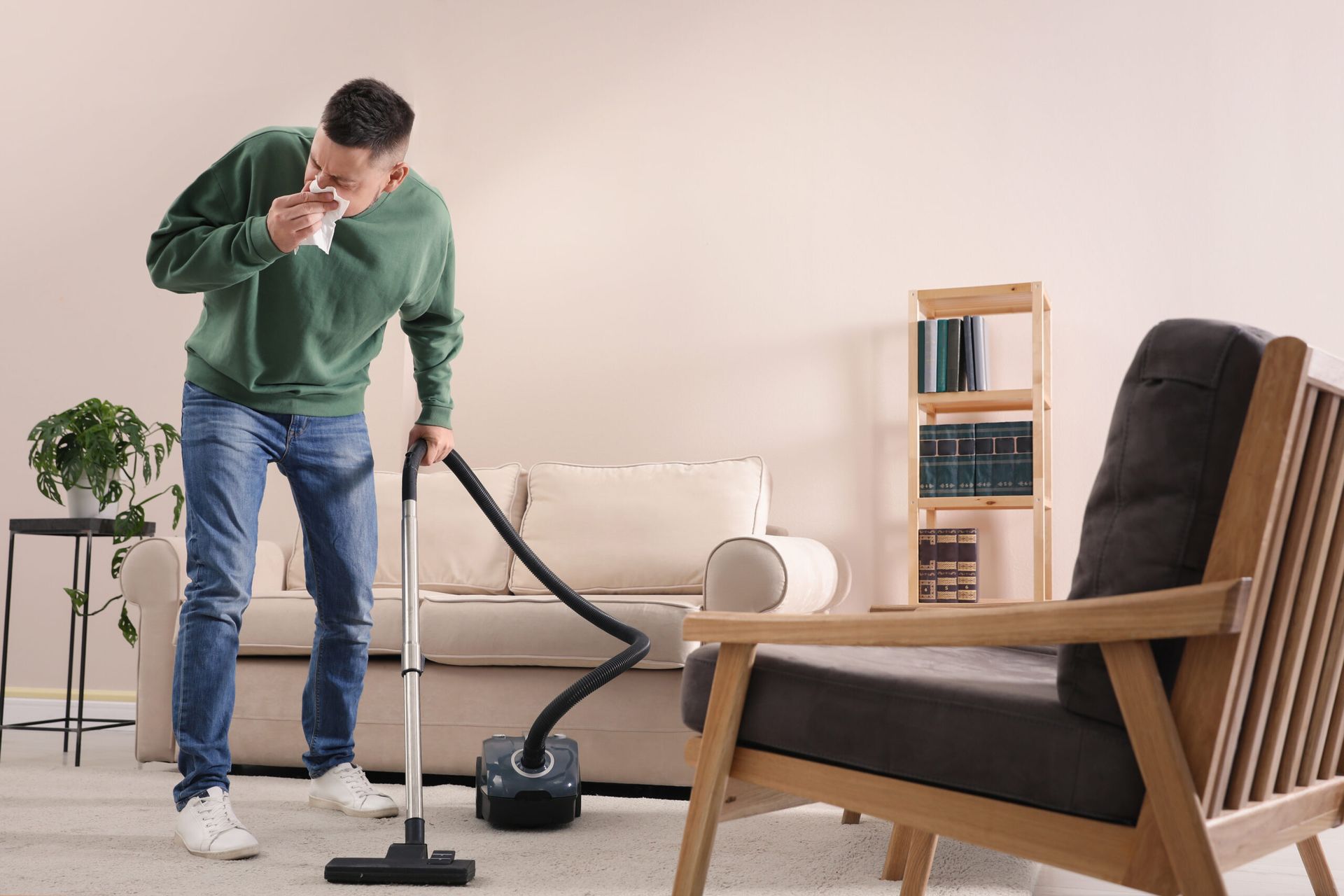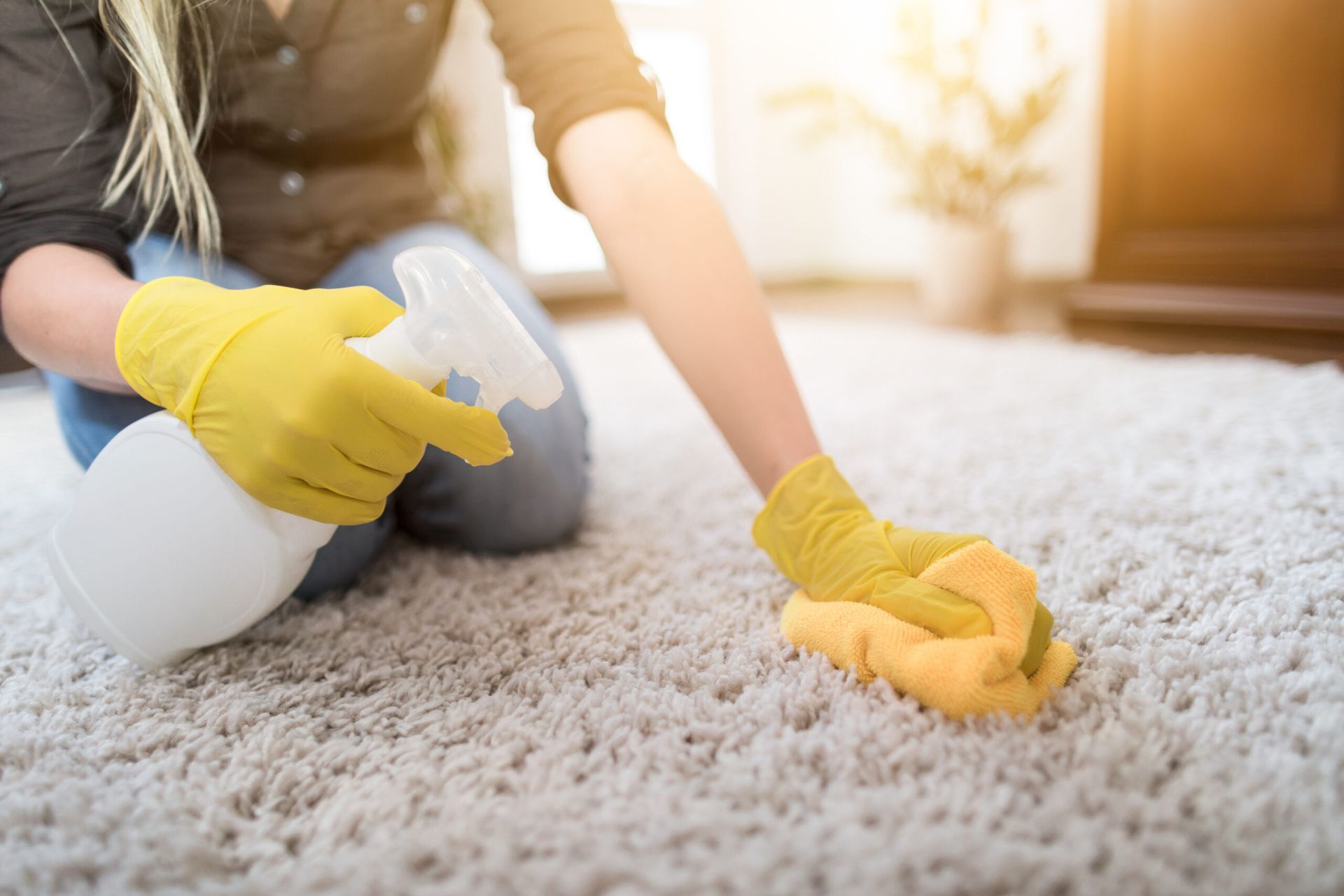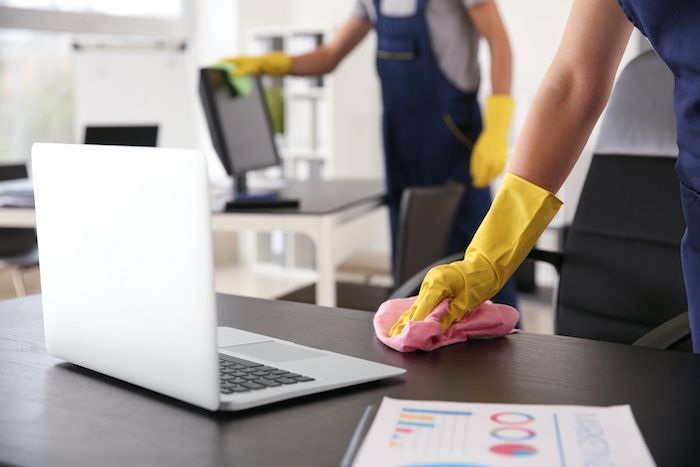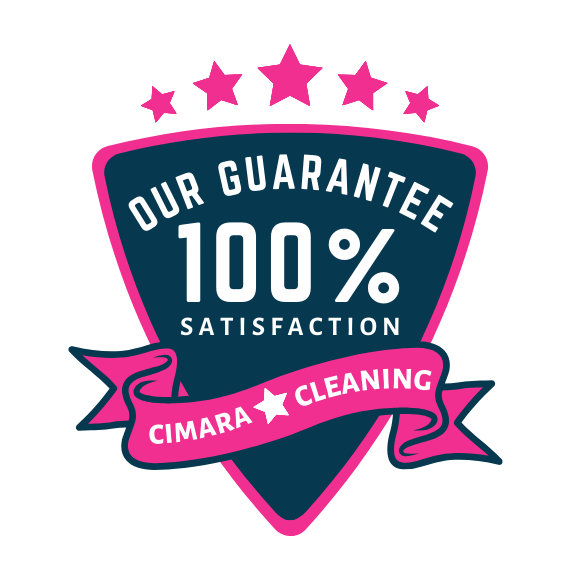The No-Sneeze Guide for Allergy Cleaning in Your Home

According to the Asthma and Allergy Foundation of American, more than 50 million Americans experience some kind of allergies. If you’re one of them, you may be spending hours cleaning your home every day. It can be frustrating then when the lingering effects of allergies still stick with you:
- Sneezing
- Itchy nose, eyes, and throat
- A stuffy or watery nose
- Watery, red, swollen eyes
Are you supposed to be cleaning even more than you already are?
Regular cleaning can help with seasonal or ongoing allergies, but if you aren’t doing it right, some cleaning products and methods can actually exacerbate your allergy symptoms if you aren’t careful. With the right strategies though, you can keep allergies at bay.
Allergy cleaning looks a little different than the regular cleaning methods you might be used to when you want your home to look sparkling clean. Here’s what you need to know about cleaning to remove allergens.
The Best Materials for Allergy Cleaning
If you have a dust allergy, it doesn’t make much sense to use a feather duster that will kick up dust and send it straight into your sinuses, right? The best tools to keep on hand for allergy cleaning are the ones that trap dust and keep it out of the air you breathe.
These are the best tools to use for routine and deep spring cleaning to keep your allergy symptoms to a minimum:
- Use a great vacuum: Many allergy sufferers choose to use a fine-particle HEPA filter vacuum cleaner to trap dirt and dust, but if you don’t have one, that’s okay too. You may want to use a double bag to keep as many dust particles in your vacuum cleaner as possible. With a bagless vacuum, you’ll want to regularly empty, clean, and wash the collection cup.
- Consider a fabric allergen sanitizer vacuum: Some allergy sufferers will choose to use a fabric allergen sanitizer vacuum cleaner, which uses ultraviolet light to neutralize and kill dust mites and bacteria that live in your carpets, mattresses, and upholstered furniture.
- Use and reuse washable microfiber cleaning cloths and mops: Microfiber cleaning cloths attract dust far better than cotton cloths or paper towels and can be tossed in your washing machine and reused over and over again. Instead of sending dust back up into the air, dampen a microfiber cloth to trap as much dust as possible.
- Wear a protective mask and gloves: You shouldn’t have to worry about an allergy attack when you’re cleaning your home! Protect your sinuses and prevent skin irritation by wearing a protective mask and latex-free, cotton-lined rubber gloves.
Clearing Your Home of Allergens
One of the best ways to keep allergens under control in your home is through routine cleaning. The Mayo Clinic has the following recommendations for cleaning and allergy-proofing your home:
Around Your Home
Each week, you should vacuum carpets and rugs with a high-efficiency vacuum cleaner to rid your floors of trapped dust and damp-mop wood or linoleum flooring, especially in the corners where dust tends to settle. All other surfaces can be wiped with a damp microfiber cloth, including:
- Baseboards
- Tops of doors
- Window sills and frames
- Countertops and above cabinets
- Blinds
You may also want to consider removing items that can collect dust like knick-knacks, books, and magazines. You should also wash your curtains once per season, and may want to wear a dust mask while you are cleaning.
As recommended by the American Academy of Allergy, Asthma & Immunology , you should keep windows closed during pollen season, and clean mold and condensation on window frames and sills using a solution of ¾ cup chlorine bleach diluted in 1 gallon of water.
Cleaning the Kitchen
To keep allergens under control, wash your dishes each day, then scrub the sink and faucets to clear away food debris and keep mold from growing. Wipe cabinets and countertops with detergents and water.
Your fridge can also foster the growth of allergy-causing mold spores. To prevent this, wipe away any excess moisture and throw away expired food. Also, you will want to regularly empty the dripping pan and replace moldy rubber seals around the refrigerator door.
Cleaning the Living Room
Wash or vacuum any area rugs or floor mats during your weekly house cleaning, and vacuum all upholstered furniture. If you have potted plants, you may want to consider re-homing them or spreading aquarium gravel across the soil to contain any mold growth.
Cleaning the Bedroom
Many people with allergies choose to encase their pillows, mattresses, and box springs in dust mite-proof covers. You should also wash your sheets, pillowcases, and blankets weekly in water that is at least 130° Fahrenheit.
Hire Professional Cleaners
You don’t have to handle all of this extra cleaning on your own! Cimara Cleaning Services can answer all your cleaning questions . With monthly cleaning services, weekly cleaning services, and everything in between, we have the services you need to keep your allergy symptoms to a minimum. We’re meticulous about the work we do, leaving no corner unswept. We’ll tackle your dust bunnies so you don’t have to!
Some of our house cleaning services geared toward allergy sufferers include:
Take a look at the reviews from some of our happy customers and then discover the Cimara Cleaning Services difference for yourself. It’s time to breathe easier at home. We can help. Request an online estimate today !





